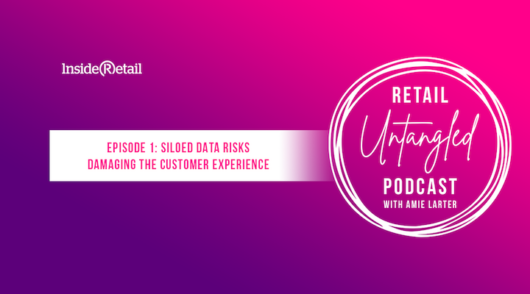Retailers have a million and one metrics available to measure the success of their loyalty programs. Knowing which KPIs to focus on is critical, as these data points will influence your future loyalty strategies. Focusing on customer-centric data is the key to measuring the impact of your retail loyalty program.
While every brand has unique measurement needs and goals, these four customer-centric KPIs are a great starting point for building your retail loyalty metrics dashboard.
Loyalty redemption rate
Redemption rate (RR), which provides insights into whether customers are actively engaging with a retailer’s loyalty program, can help determine who are the most enthusiastic loyalty members and indicate which types of points and rewards are redeemed more than others.
Loyalty redemption rates can be influenced by several factors, including customers’ perceived value of your program, ease of earning and spending points, expiration dates, and variety of rewards. Low RR may be an indicator that customers don’t find your offers valuable or personal enough. Lack of awareness can also be a factor in low RR.
To calculate RR, you’ll need to know the total number of points that have been spent as well as the total number of points issued over the lifetime of your program – including any points that have expired. The formula for determining RR is as follows:
RR = Total points spent/total points issued
Customer retention rate
Customer retention rate (CRR) is a foundational metric for retail marketers. CRR can help retailers determine how effective their marketing strategies (such as loyalty programs) are with attracting new customers versus keeping the ones they already have. A high CRR means customers are sticking around, and a low CRR may indicate that a negative customer experience (CX) is driving them away.
When retailers use CRR data to improve CX, everyone wins because marketing to existing customers is much less expensive than attracting new ones. In fact, the cost of acquiring a new customer is five times as much as retaining one.
To determine your CRR for a given period of time, you’ll need to know the number of customers you had at the beginning of the period, the number of new customers acquired during the period, and the number of customers you had at the end of the period. Then you can apply those numbers to the following formula:
CRR = (Ending customers – new customers) / initial customers x 100
Repeat purchase rate
The goal of any retail loyalty program is to have customers buy again and again. The repeat purchase rate (RPR) provides insight into the percentage of repeat buyers among your customer base.
Loyal customers spend more than new ones – typically 67 per cent more. And they tend to be your brand’s best advocates as the more they buy, the more likely they are to refer others to your business.
As with the other KPIs discussed, when RPR is low, marketers must determine what is keeping customers from coming back – whether it is experience-related (i.e. a negative in-store experience) or product-based (i.e. disappointment in purchase quality).
To determine your RPR, retailers need to know the total number of buying customers as well as the number of customers who have purchased two or more times.
RPR = Repeat customers/total buying customers
Customer lifetime value
Customer lifetime value (CLV) is a must when measuring the success of your loyalty program. Not only does this KPI take into account the value your customers have already brought to your brand, it predicts their future value.
Knowing which customers have the potential to be the most valuable to your business will allow you to raise all your other KPIs. By focusing on the most engaged members of your loyalty program, you’ll ensure higher redemption and repeat purchase rates, leading to more loyal customers, more devoted brand advocates, and increased ROI.
Determining CLV is a little more complex than other KPIs. The calculation takes into account both revenue and expenditures to date as well as predicted future revenue and costs. By adding together revenue spent to date plus expected future revenue, then subtracting acquisition and current and future redemption costs, you can determine CLV.
The success of your loyalty program lies in your customer experiences – and these metrics are one way to measure how customers feel about your brand and loyalty program offerings.
Take our Loyalty Assessment today and see how your business stacks up.
Be sure to check out our client stories on our Signals On-Demand hub. Hear from leading brands and how they have successfully made their digital transformation.
If you’re ready to build a measurement-driven loyalty program that keeps your customers engaged and coming back for more, contact us today.
Image credit: @IND via Twenty20






